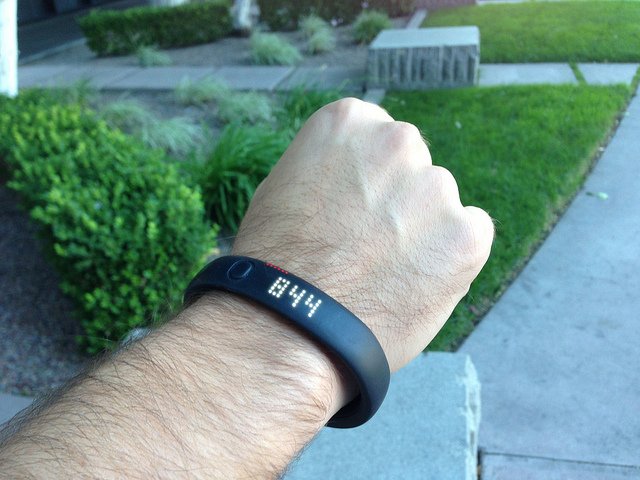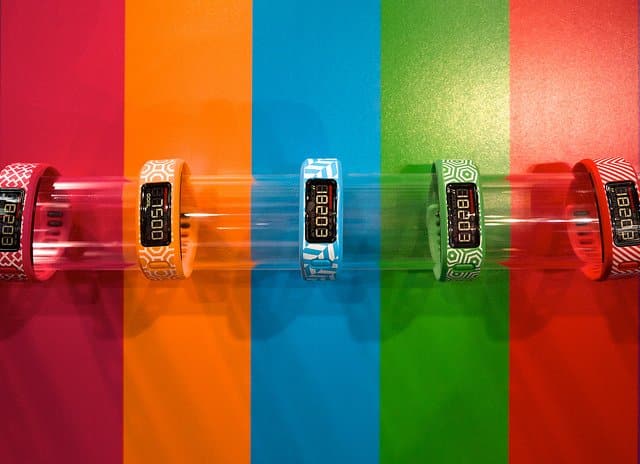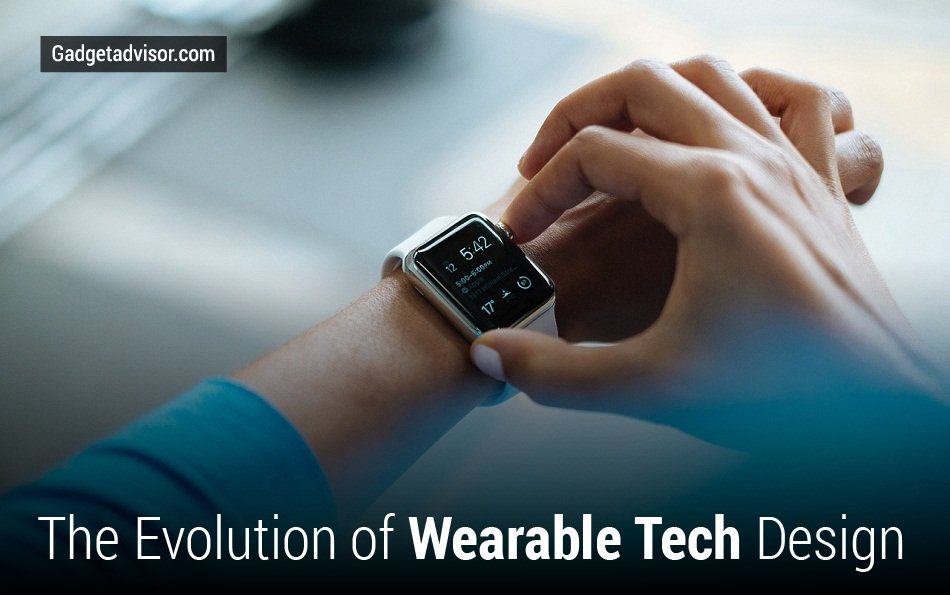Wearable technology is fascinating for many reasons: incredible advances in flexible technology that gives us the ability to wear technology on our bodies is hard enough to wrap one’s mind around. But even more fascinating is the rate at which wearables have created a permanent place in our cultural consciousness – who hasn’t heard of Apple Watch?

In such a short span of time, these devices have gone through a multitude of aesthetic transformations, each model improving upon the last in function and design.
The wearable revival
The 2010s have seen a renewed obsession with wearables: the age of alien-looking contraptions pioneered in the 1980s are (thankfully) over. Interest from the fashion community and the modern consumer’s need for innovative design has ushered in a new era of trendy, sleek, discreet devices. Big names in fashion – Tory Burch, Rebecca Minkoff, Swarovski, Ralph Lauren, and Victoria’s Secret, just to name a few – have created what Will.i.am has dubbed ‘fashionology’: the merging of fashion and tech to create designer wearables. (Yes, even Will.i.am has hopped on board with his Pulse Wristband.) There aren’t bulky watches or awkward headsets to choose from anymore. Let’s take a brief look back at how the design of these devices has changed over recent years.
Witness the fitness

In some ways, fitness trackers kicked off our infatuation with wearable tech. Because they tend to be relatively affordable (for a wearable device, anyway), they are a good starting point for those just dipping their toes in the market. The typical fitness wearable tracks your activity, vitals, sleep patterns and records your progress over time via a companion app.
Big names in the industry like Jawbone, Fitbit and Nike all produce wristbands that look generally the same: thin, athletic-looking straps with little to no interface and a very obvious ‘tech’ aesthetic. They mainly come in muted colours like black or grey (with the exception of the Fitbit Zip, a small clasp that also comes in green, blue and pink.) However, this design trend is fading. The ‘look I’m wearing technology!’ vibe has rather lost its appeal to the general population, and now we want devices that look more discreet, like a piece of jewellery or a watch.
The era of ‘fashionology’
To satisfy our cravings for a wearable that doesn’t look like a wearable, tech manufacturers are looking for ways to re-invent wearables as accessories. Ringly, a chic stone ring that sends you customize notifications through vibrations and light, is just one example. More and more tech companies are teaming up with designers to create sleek jewellery and accessories. Last year Tory Burch teamed up with Fitbit to create the Fitbit Flex, and earlier this spring the Flex got a makeover, which features a double-wrap design, classic leather bands and a variety of different finishes (silver, gold, rose gold, shiny brass and aged gold). The latest ‘fashionology’ partnership is the Swarovski Shine, the first solar-powered smart jewellery. The design features a crystal studding and stylish wrap-around band, a look that’s obviously geared toward the fashion-conscious.
A wearably-fashionable future

Image via Flickr
It’s a constant battle between fashion, function, and ability in the wearable market. We must make a choice between these aspects when purchasing a device of our own, and it seems like we are less willing to compromise on appearance. We want tasteful, discreet, functional, intuitive, impressive, high-performing, and stylish. The rise of ‘fashionology’ has made the new ‘statement jewellery’ of tomorrow not just a pretty trinket, but also a tiny piece of technological innovation.

